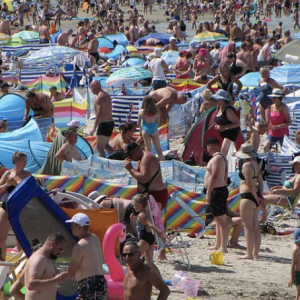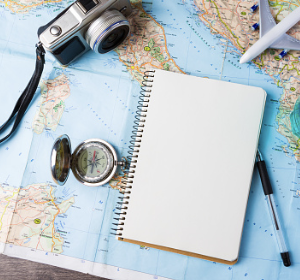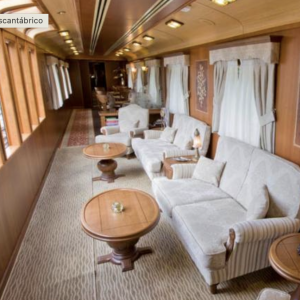Most people visiting Andalusia and the Costa del Sol go for one thing, and one thing only, and that’s for the fabulous climate and the year-round sunshine. However, not everyone will be content with simply basking in the sunshine by the pool at their holiday villa. Some people are more adventurous, and like to get a broader feel for the area they’re visiting. Well Andalusia and the Costa del Sol will not disappoint. They are all sorts of places to visit if you’re looking for a change of scene: some are well known, others slightly off the beaten path. First up, why not have a drive to the lovely Andalusian town of Ronda in the Spanish province of Malaga?
Ronda retains much of its historic charm, particularly in the old town, and that’s in spite of it now being the one of the region’s most popular tourist attractions, and the third fastest-growing town in Andalusia. It displaced Cordoba to claim that honour, but still has a way to go before it can match Seville and Granada. Ronda is famous for its dramatic escarpments and views, and for the deep El Tajo gorge that carries the Rio Guadalevín through the old town’s centre. Visitors understandably head for for the Puente Nuevo ‘new’ bridge, which straddles the 300 feet chasm deep below, for its unparalleled views out over the Serranía de Ronda Mountains. The scenery is spectacular as you would expect, but those without a head for heights might be slightly unnerved by the experience.
Ronda is also famous as the birthplace of modern bullfighting. It is home to the oldest bullring in Spain – the spectacular Feria Goyesca. Unfortunately you’ll be lucky to see a bullfight whilst you’re there, as the ring only hosts one fight each year which is held at the beginning of September. You can, however, visit the museum at the Plaza de Toros, and stroll out on to the arena on most days of the year. Legendary Rondeño bullfighter, Pedro Romero, founded the bullfighting style we’re now accustomed to: he broke away from the prevailing Jerez ‘school’ of horseback bullfighting in the 18th century, and founded a new style of bullfighting in which matadores stood their ground and faced the bull on foot.
Across the bridge, in La Ciudad, old Ronda, the art museum which is housed in an elegant cloistered 16th century convent is well worth a visit. As is the Casa de Don Bosco, the father of the Roman Catholic Salesian Brotherhood. Hemmed in by handsome town mansions on narrow cobbled streets, the Casa, with its glass-roofed interior patio and glorious gardens are worth seeing. However, the real star of La Ciudad, and the one which attracts the greatest number of visitors, is the Palacio Mondragón. Although parts of the palace were clumsily modernised during the 1960s, the exquisite miniature water gardens, dating from its time as a Moorish palace during Ronda’s brief reign as a minor Caliphate under Córdoba in the 12th century, can still be seen and enjoyed. You can also look back from here down towards the dramatic gorge at Puente Nuevo.
The cobbled alley to the Mondragón leads naturally on to Ronda’s loveliest public space, the leafy Plaza Duquesa de Parcent, which boasts a convent, two churches, including the toy-town bell tower of the iglesia Santa Maria de Mayor, and the handsome arched ayuntamiento (council) building. Close by the cobbled Armiñan street leads down to the spacious plaza of the traditional workers’ barrio, San Francisco, with its excellent bars and restaurants.





